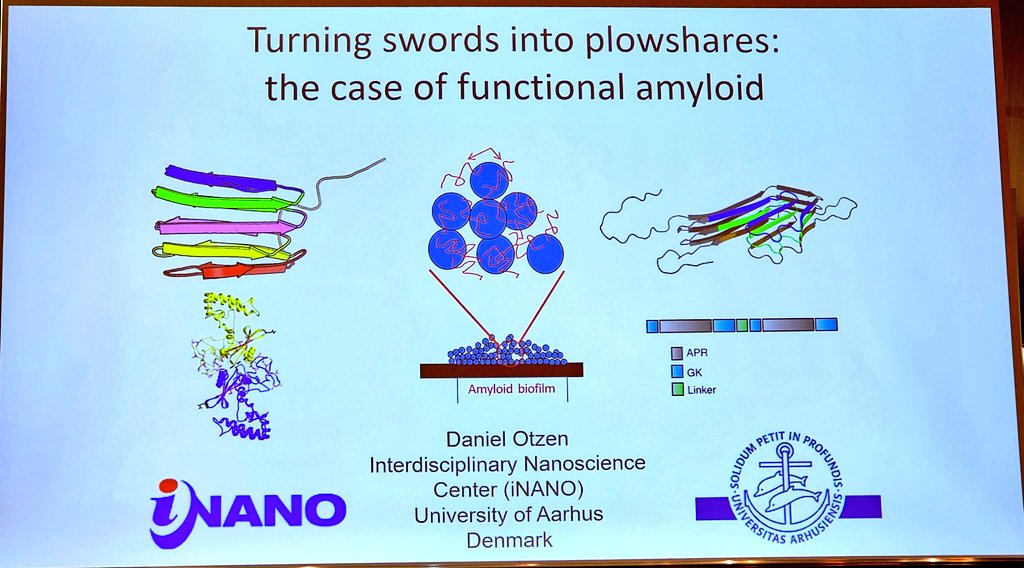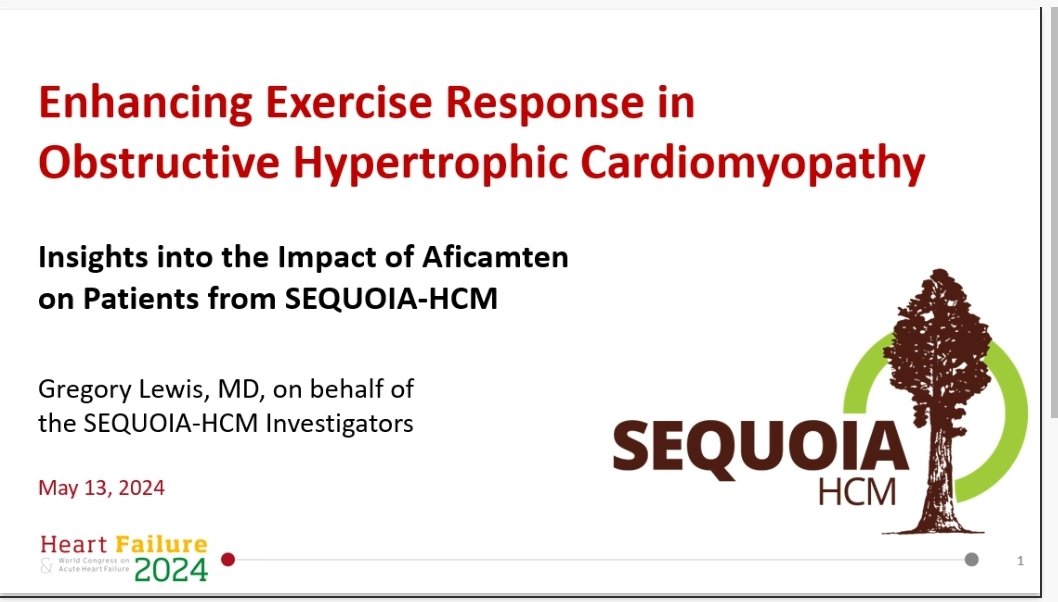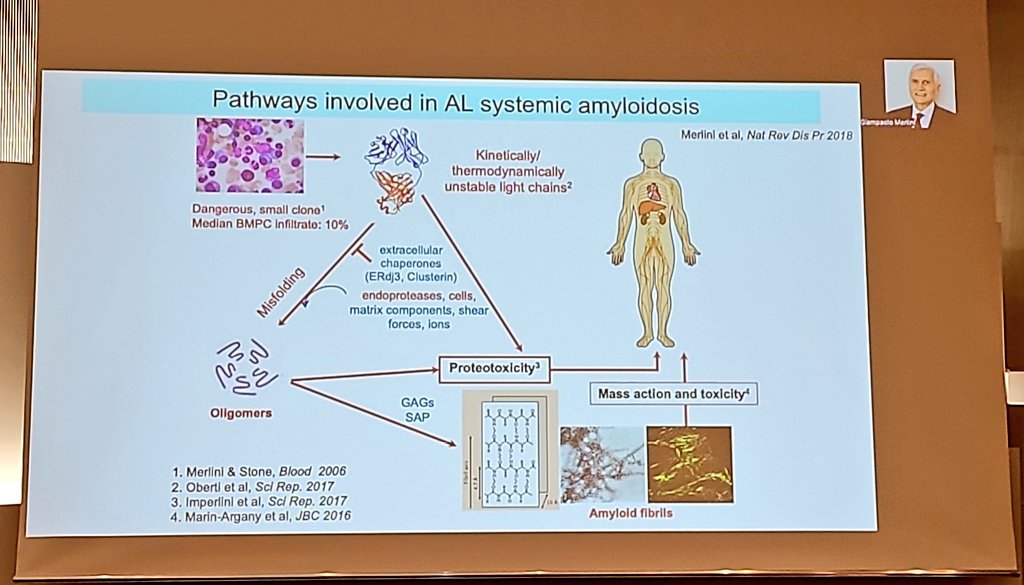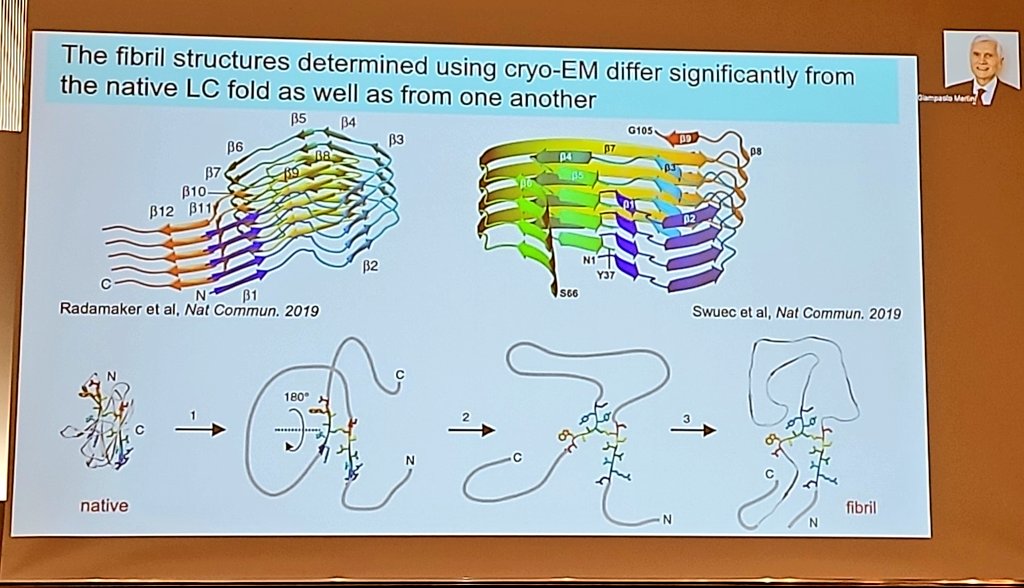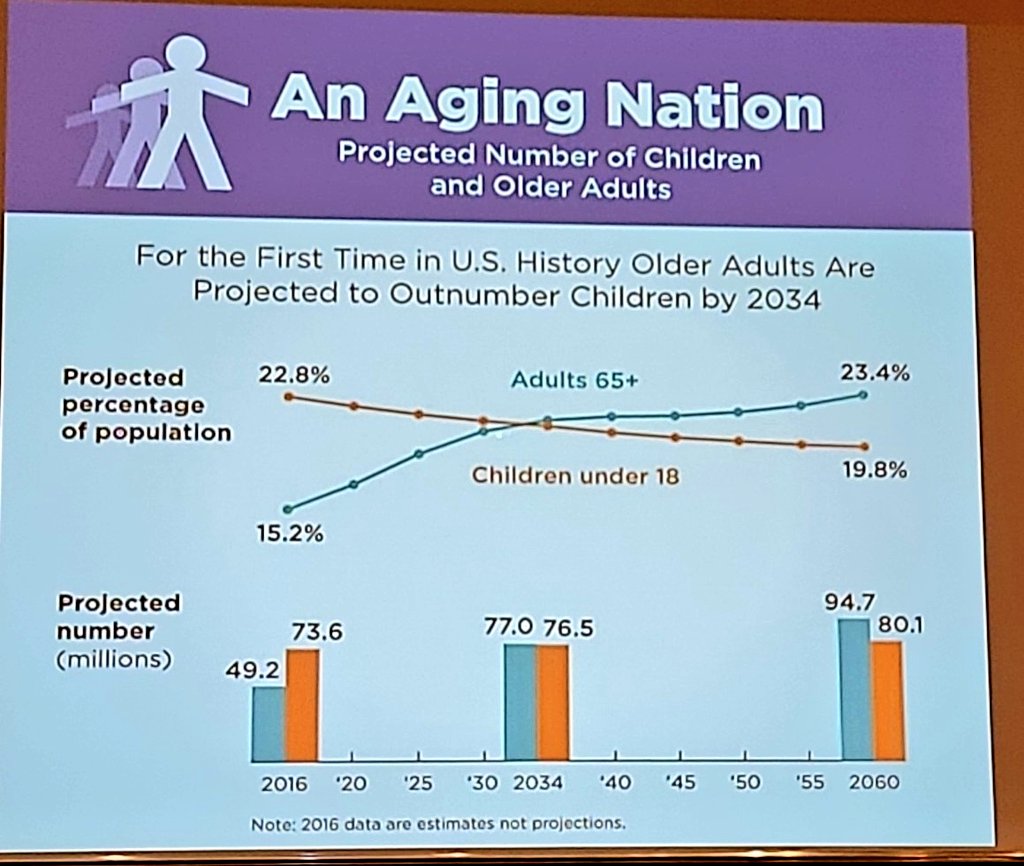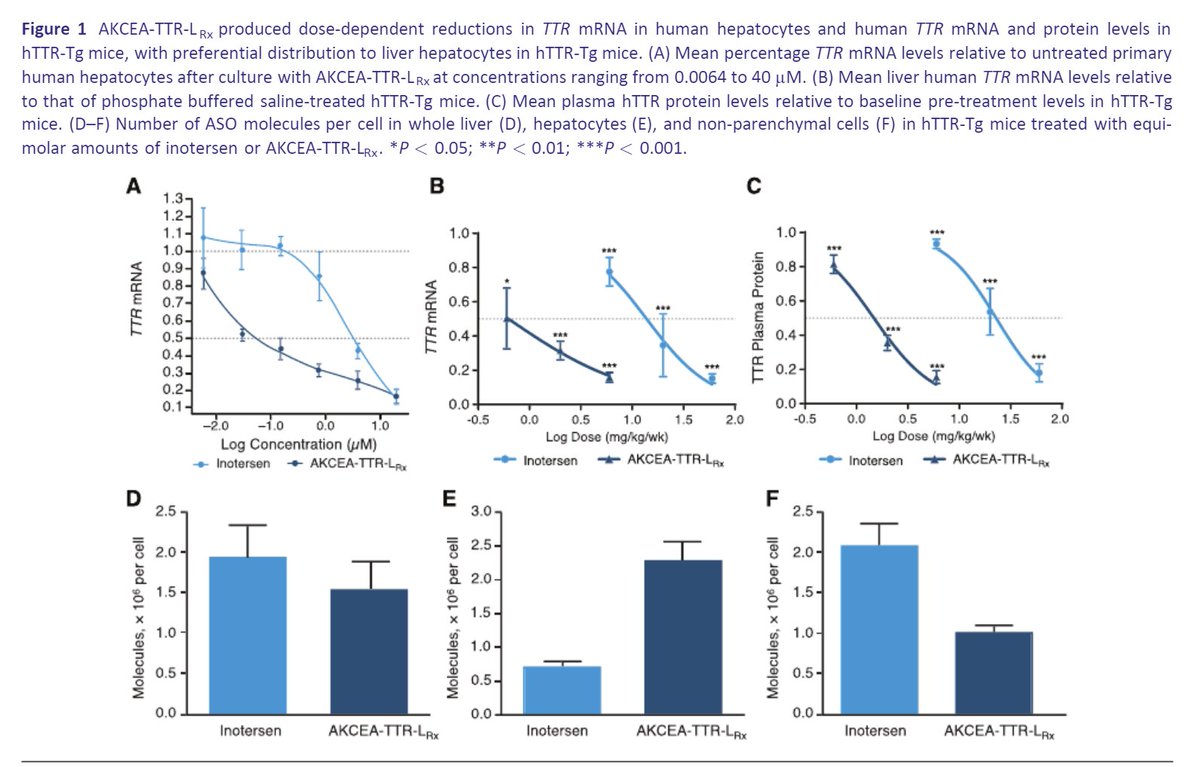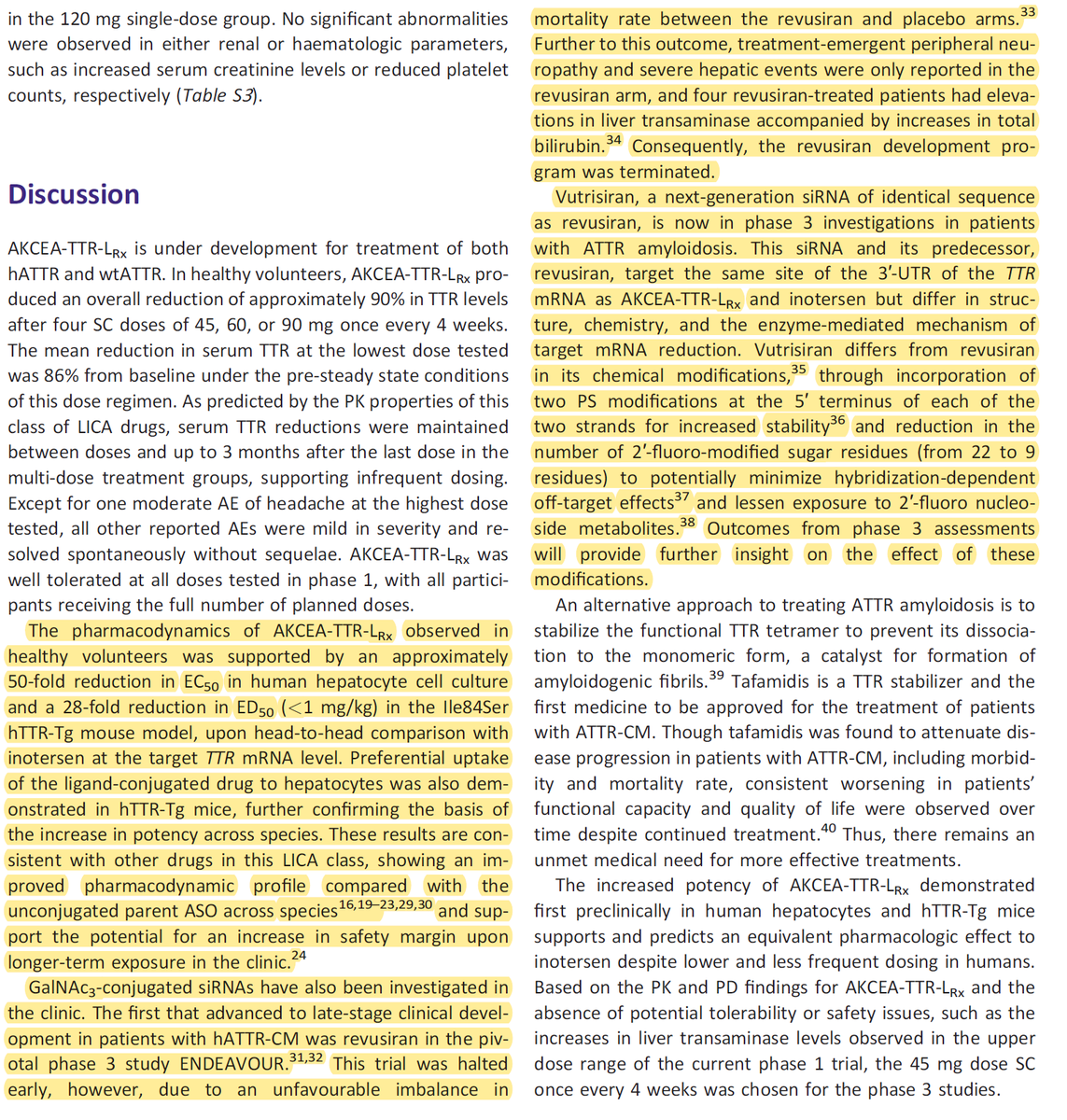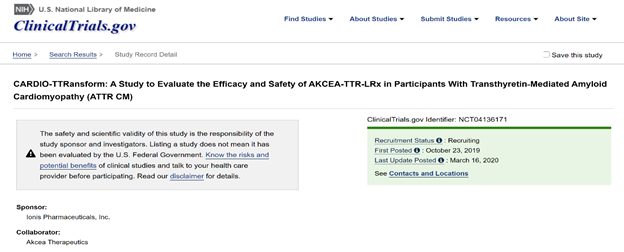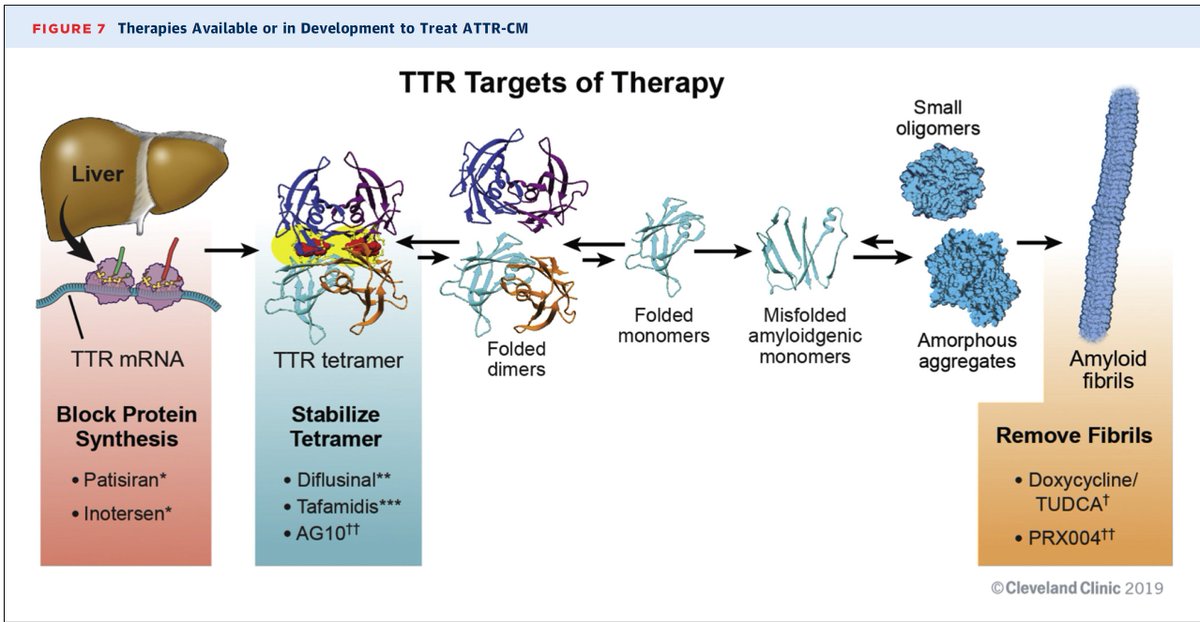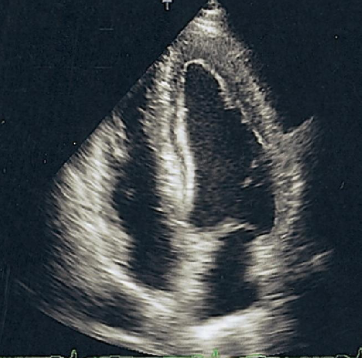Examples of good functional amyloids produced in nature #ISA_2022 
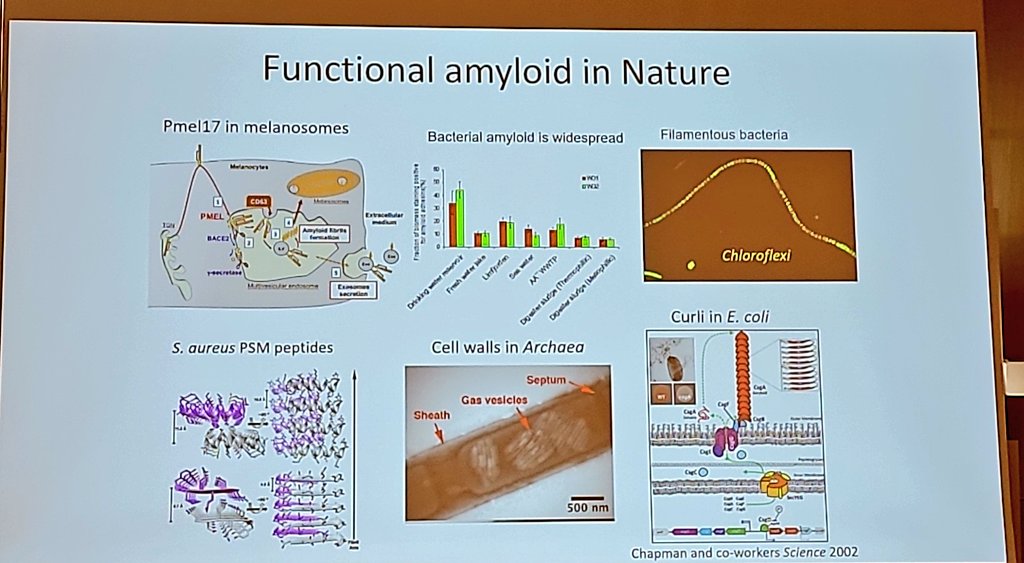
A set of ways amyloids can be used by bacteria #ISA_2022 
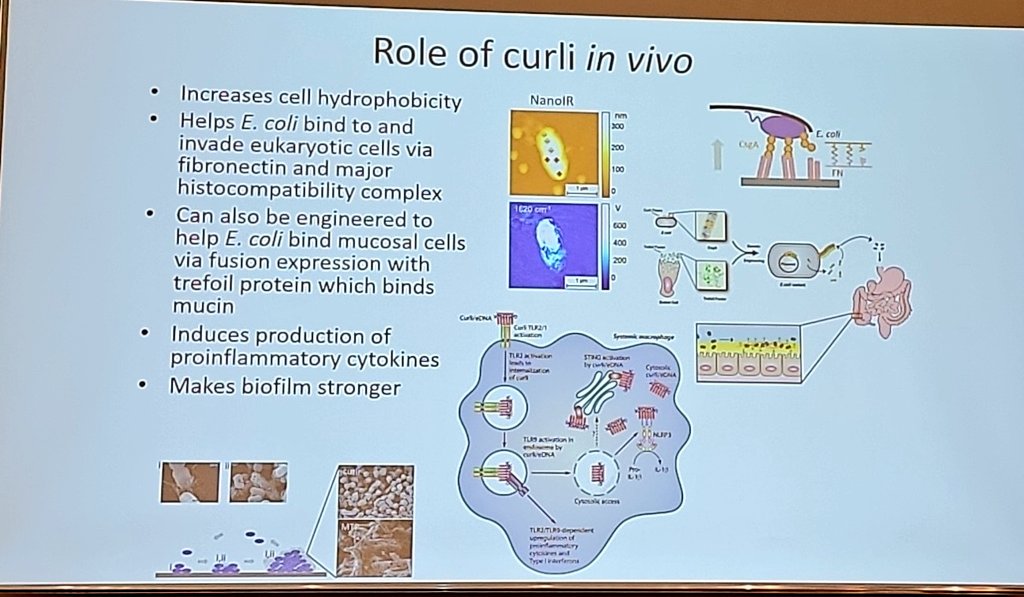
The concept of using amyloids ro make aquaplastics #ISA_2022 

Simple stable and strong structure provides advantages that could be repurposed #ISA_20222 

Simple stable and strong structure provides advantages that could be repurposed #ISA_20222 

• • •
Missing some Tweet in this thread? You can try to
force a refresh

